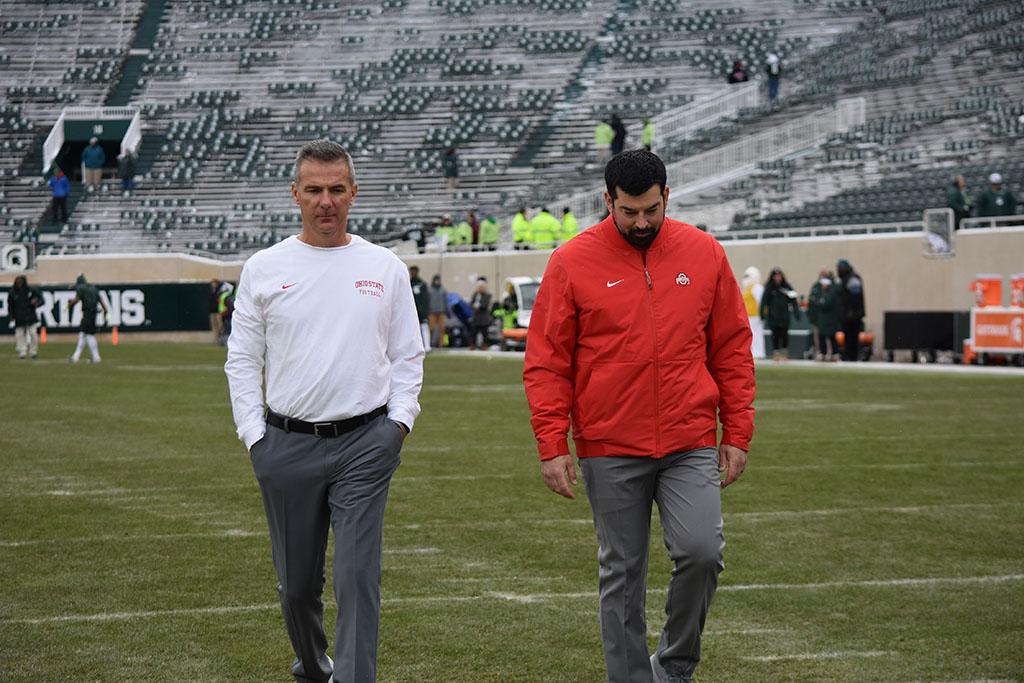Leadership in Athletics: Succession Planning

The Urban Meyer era at The Ohio State University is coming to an abrupt end. The Ohio State football program is about to go through a highly visible transition of leadership where Urban Meyer will be handing over the reins to his assistant coach, Ryan Day. The transition has generated a tremendous amount of anxiety about the future of Ohio State football. Coach Meyer has achieved an astonishing record of 82-9, with a career winning percentage of .901, three Big Ten championships, a national championship and a 7-0 record versus their rival — all as the head coach of the Buckeyes. Coach Meyer is a legend and replacing a legend is difficult to say the least.
In 2017, the Wall Street Journal named Ohio State football the highest-valued college football program at $1.5 billion. With this valuation comes a great responsibility to ensure the players, coaches, university and fan base will be led by the right person to successfully grow this historic program.
The research on succession planning identifies a few things to consider:
- Long-term goals – The most important aspect of succession planning is that the plan needs to reflect the long-term goals of the program. Staying focused on the long-term goals helps the organization stay focused on what is important and helps prevent it from getting distracted by the politics or drama that may accompany a leadership transition.
- Promotable talent instead of promotions – Organizations need to adopt an approach that emphasizes identifying potentially promotable talent rather than the promotions themselves. A succession plan helps develop talent and prepare high-potential talent for upcoming positions. This helps reduce the learning curve and provides flexibility within organizations.
- Replacing the top position – When replacing the top person within an organization, it is best to identify a specific successor early in the process. This reduces uncertainty within the organization. Organizations struggle to perform at their best when they are bogged down by uncertainty. Identifying a successor earlier allows everyone in the organization to prepare for the transition and move on more proficiently.
So, how did the Ohio State Buckeyes do?
- Long term goals – Ohio State is promoting from within, and the program’s core will stay in place. Culture, which is so difficult to change, will remain consistent along with the already established standard of excellence which permeates throughout the program. This will help the organization stay focused on the long-term goals of the program.
- Promotable talent – Ryan Day was previously named interim head coach for the first three games of the 2018 season and is now the coach-in-waiting. He has been groomed for the position. It is hard to discern whether or not the focus is on talent or the promotion, but there has been deliberate effort placed on developing his talent as a coach.
- Early naming – Ohio State nailed this. There is no drama that comes with a nationwide search for a head coach, and there is no uncertainty in what mentality a new, unnamed coach may have had. The program will be able to transition quickly, maintain recruiting and have minimal disruption within the program. This is evident with the early understanding that key personnel will be retained:
- Micky Marotti – Asst. AD for Football Sports Performance
- Mark Pantoni – Asst. AD Player Personnel
- Ryan Stamper – Asst. AD, Player Development
- Brian Voltolini – Assoc. AD, Director of Football Operations
As they say, only history will tell but it appears that Gene Smith and The Ohio State University’s Department of Athletics has implemented a well-structured succession plan that will set the program up for success for years to come.
The Urban Meyer era at Ohio State is coming to an end, and the Ryan Day era is just beginning. It provides a powerful display of the significance of succession planning.